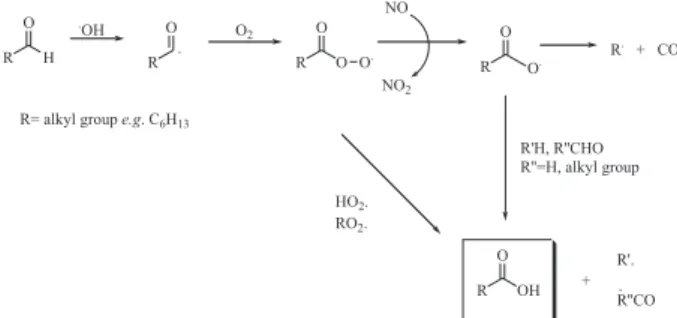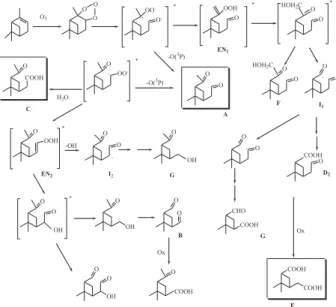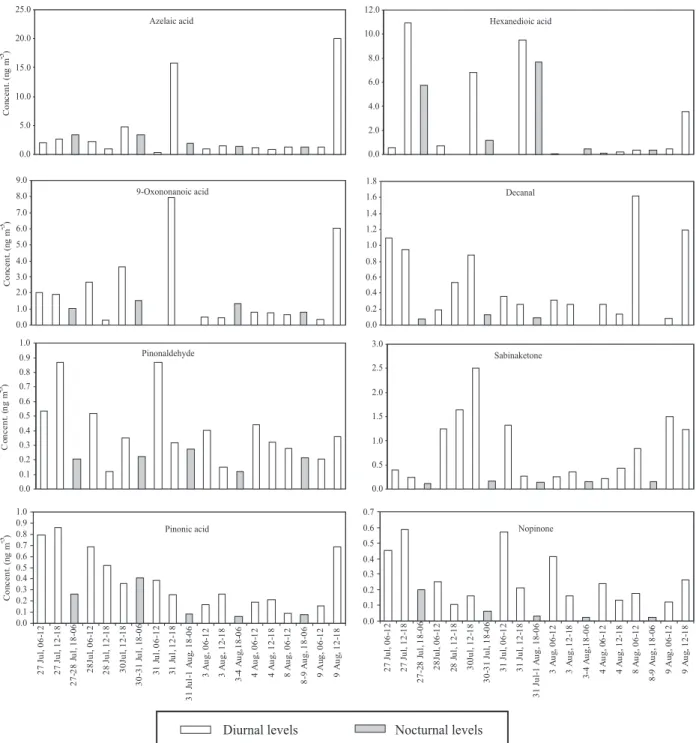J. Braz. Chem. Soc. vol.16 número5
Texto
Imagem




Documentos relacionados
The objective of this article is to analyze the level of bureaucratization of the Ministry of Health from its organizational structure, with the composition and formation of
To evaluate the role of wall losses and the contribution of OVOCs of different volatilities to the evolution of aerosol size distribution, this SOA formation experiment was simu-
The chemical composition of secondary organic aerosol (SOA) particles, formed by the dark ozonolysis of α -pinene, was characterized by a high-resolution time-of-flight aerosol
The purpose of the present study is to investigate the uncertainties in simulating sec- ondary organic aerosol (SOA) in Mexico City metropolitan area (MCMA) due to me-
The spatial distribution of aerosol chemical com- position and the evolution of the Organic Aerosol (OA) fraction is investigated based upon airborne measurements of aerosol
(2011) found that organic aerosol particles measured at the PUY site during summer 2010 were likely linked to biogenic sources: the mass spectra of OOA (oxygenated organic aerosols)
The two points considered at the alternate sides, of the tangents through the diameter of the circle, and then the line joining these points divides the circle
The goals of this study were (1) to formulate a parameteriza- tion for primary marine aerosol production based on chem- ical and physical characteristics of aerosol generated



